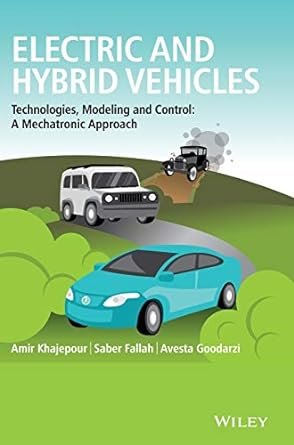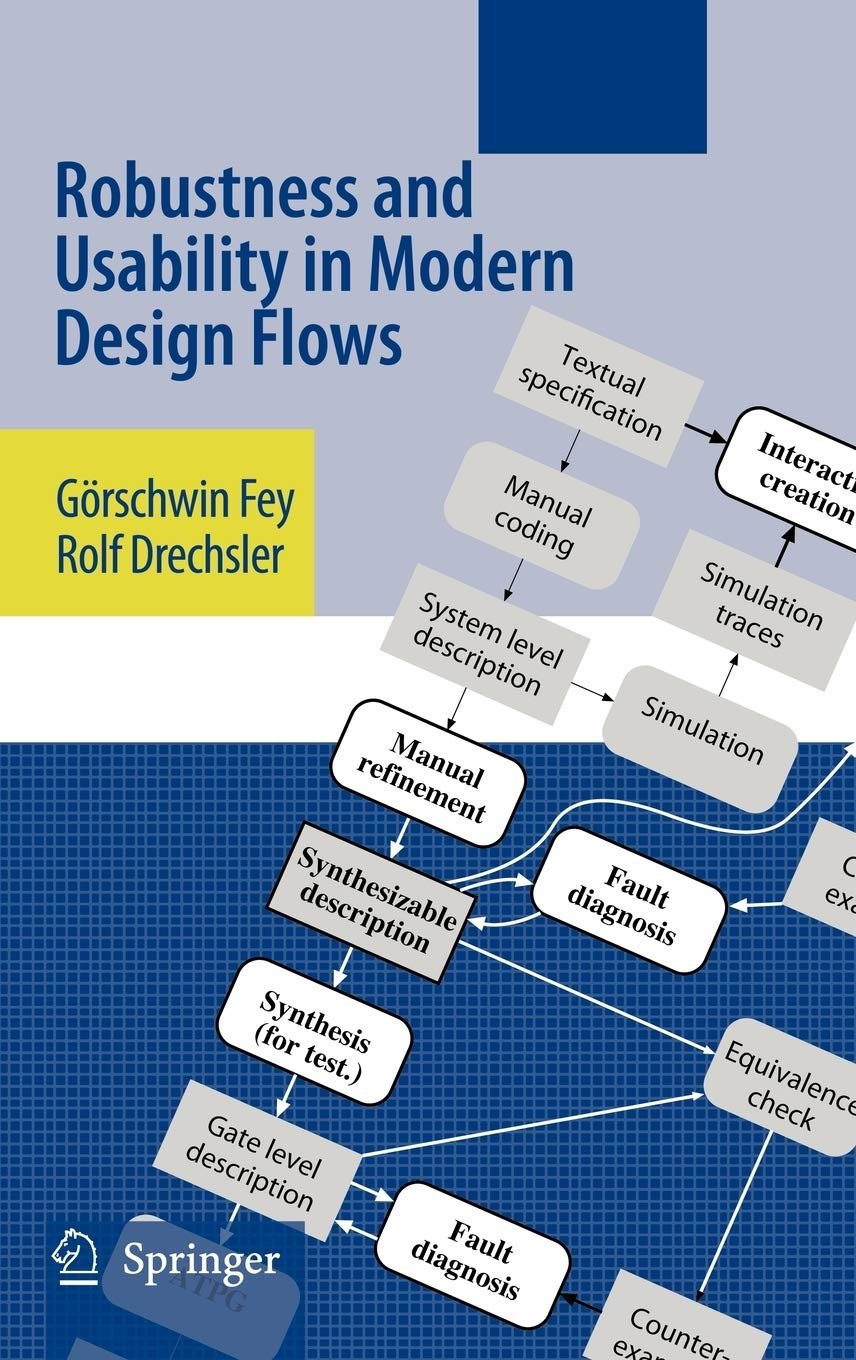An advanced level introductory book covering fundamental aspects, design and dynamics of electric and hybrid electric vehicles
There is significant demand for an understanding of the fundamentals, technologies, and design of electric and hybrid electric vehicles and their components from researchers, engineers, and graduate students. Although there is a good body of work in the literature, there is still a great need for electric and hybrid vehicle teaching materials. Electric and Hybrid Vehicles: Technologies, Modeling and Control – A Mechatronic Approach is based on the authors’ current research in vehicle systems and will include chapters on vehicle propulsion systems, the fundamentals of vehicle dynamics, EV and HEV technologies, chassis systems, steering control systems, and state, parameter and force estimations. The book is highly illustrated, and examples will be given throughout the book based on real applications and challenges in the automotive industry.
- Designed to help a new generation of engineers needing to master the principles of and further advances in hybrid vehicle technology
- Includes examples of real applications and challenges in the automotive industry with problems and solutions
- Takes a mechatronics approach to the study of electric and hybrid electric vehicles, appealing to mechanical and electrical engineering interests
- Responds to the increase in demand of universities offering courses in newer electric vehicle technologies
Table of Contents
Preface xiii
Acknowledgments xv
1 Introduction to Vehicle Propulsion and Powertrain Technologies 1
1.1 History of Vehicle Development 1
1.2 Internal Combustion Engine Vehicles (ICEVs) 3
1.3 Vehicle Emission Control Technologies 16
1.4 Vehicles with Alternative Fuels 25
1.5 Powertrain Technologies 29
1.6 Transmission Systems 32
1.7 Drivetrain and Differentials 41
2 Electric and Hybrid Powertrain Technologies 47
2.1 Introduction 47
2.2 Battery Electric Vehicles (BEVs) 48
2.3 Fuel-Cell Electric Vehicles (FCEVs) 65
2.4 Hybrid Electric Vehicles 71
2.5 Plug-in Hybrid Electric Vehicles (PHEVs) 85
2.6 Hybrid Hydraulic Vehicles (HHVs) 87
2.7 Pneumatic Hybrid Vehicles (PHVs) 89
2.8 Power/Energy Management Systems 91
2.9 Summary 92
3 Body and Chassis Technologies 95
3.1 Introduction 95
3.2 General Configuration of Automobiles 95
3.3 Body and Chassis Fundamentals 97
3.4 Different Types of Structural Systems 101
3.5 Body and Chassis Materials 108
3.6 Specific Considerations in Body and Chassis Design of Electric and Hybrid Electric Vehicles 110
3.7 The Chassis Systems of Electric and Hybrid Electric Vehicles 126
4 Vehicle Dynamics Fundamentals 149
4.1 Introduction 149
4.2 Concepts and Terminology 149
4.3 Vehicle Kinematics 152
4.4 Tire Mechanics and Modeling 170
5 Modelling and Characteristics of EV/HEV Powertrains Components 181
5.1 Introduction 181
5.2 ICE Performance Characteristics 182
5.3 Electric Motor Performance Characteristics 195
5.4 Battery Performance Characteristics 214
5.5 Transmission and Drivetrain Characteristics 223
5.6 Regenerative Braking Characteristics 233
5.7 Driving Cycles 236
6 Modeling and Analysis of Electric and Hybrid Electric Vehicles’ Propulsion and Braking 245
6.1 Introduction 245
6.2 The Longitudinal Dynamics Equation of Motion 246
6.3 Vehicle Propulsion Modeling and Analysis 247
6.4 Vehicle Braking Modeling and Analysis 268
7 Handling Analysis of Electric and Hybrid Electric Vehicles 277
7.1 Introduction 277
7.2 Simplified Handling Models 277
7.3 Comprehensive Handling Model of EVs and HEVs 298
8 Energy/Power Allocation and Management 313
8.1 Introduction 313
8.2 Power/Energy Management Controllers 314
8.3 Rule-Based Control Strategies 315
8.4 Optimization-Based Control Strategies 337
9 Control of Electric and Hybrid Electric Vehicle Dynamics 367
9.1 Introduction 367
9.2 Fundamentals of Vehicle Dynamic Control (VDC) Systems 368
9.3 VDC Implementation on Electric and Hybrid Vehicles 389
Problems 408
References 409
Index 411












Reviews
There are no reviews yet.